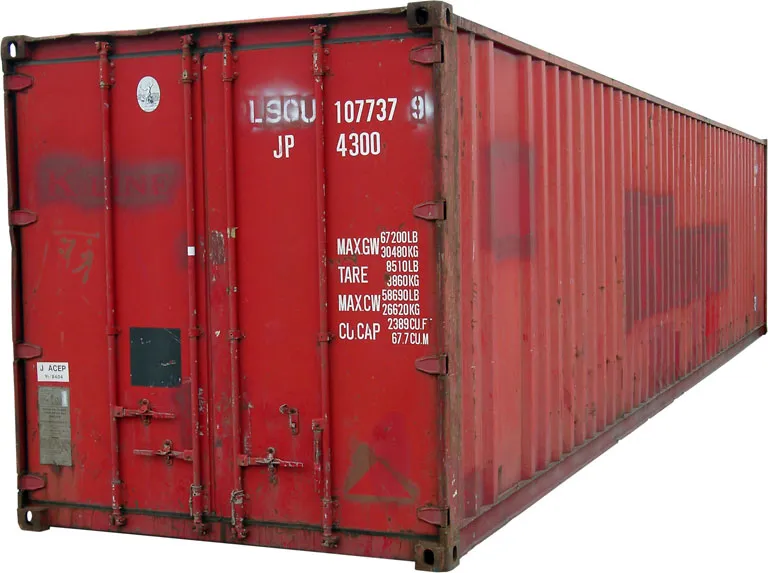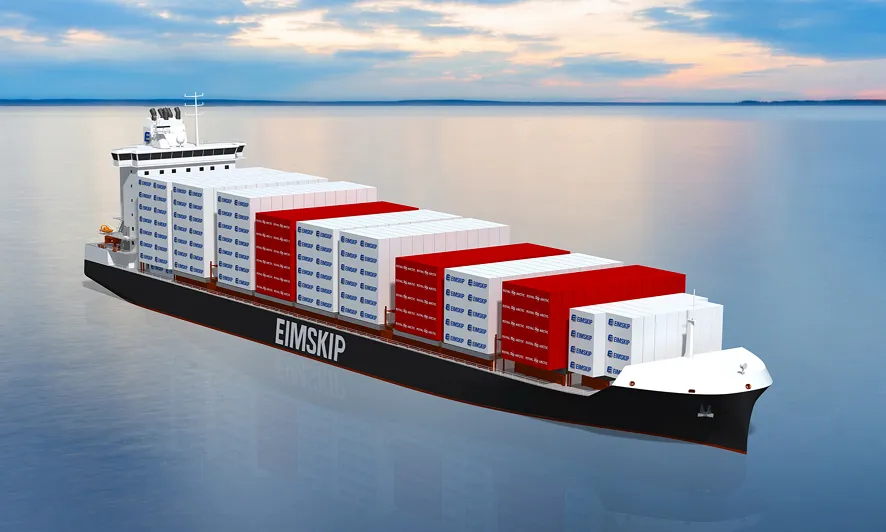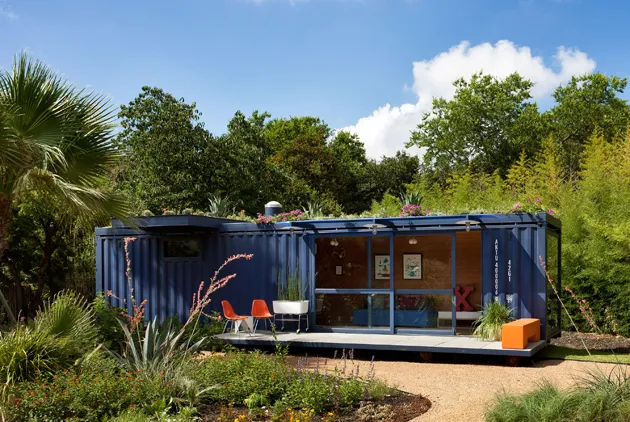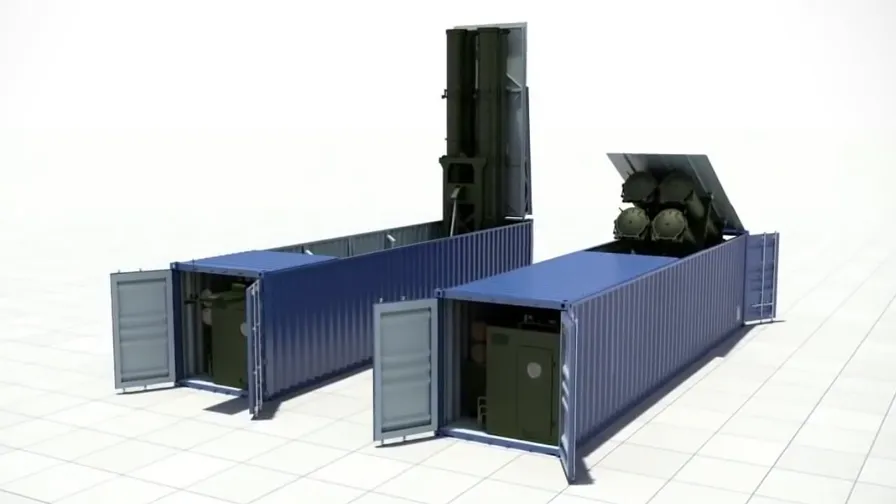[Social Talk] Container - History of logistics changed by container

Container cargo that we often see in our container. It refers to a box-shaped large transport container that is generally durable and reusable.
The 40FT version is called the Forty-foot Equivalent Unit (FEU) and the 20FT version is called the Twenty-foot Equivalent Unit (TEU). It is also used as a standard and is often seen in logistics articles. We mainly use TEU units. Ship's load capacity is also shown as XX TEU, and for aircraft is called ULD.
Common containers are called dry containers and can be classified according to their use.
∙ Open-Top: Top is open
∙ Flat-Rack: Side and top open
∙ Tank Container: Standardize the tank inside the container
∙ Reefer Container: with temperature control
Standardized and standardized containers are easy to handle, and the advantage is that they can be transported in large quantities due to the bulk transport system. Thanks to this, the bulk of cargoes such as flour, liquids, etc. are also derived from the container form, which is also used for unit transportation.

In the past, there was no efficient system such as a container, which required primitive transportation of cranes and manpower, which resulted in an increase in the cost of shipping and unloading. Transhipment to land transportation becomes the same situation.
In the absence of containers, about half of the ocean freight costs were labor costs, and freight was often lost or destroyed. It cost more to load and unload the port than to cross the Pacific. However, if only about 10% of the transportation cost is reduced at this stage, it is natural that the efficiency of the business will increase.
According to a book on the history of the container called The Box, in 1957 Malcom McLean claimed the use of containers. He focused on the movement of cargo, not on the ship, and focused on how to safely transport large quantities of goods on time.
That's the foundation of the new innovation.
The Sirland service, which was merged with the Maersk Company in 1999, will reduce the cost of shipping per ton from $ 5.83 to $ 0.158 by introducing a container. By loading the container with a crane, the number of manpower can be reduced and the vessel does not need to be lengthened for loading and unloading. It is because it lost.
In 1969 small-sized containers were transported. In 1972, standardization was completed.

Containers, however, are characterized by their usability. It is characterized by renovations used as buildings. House, restaurant, etc. The building costs are cheap, but the internal temperature is not controlled.
It is often used for temporary housing, but it also undergoes insulation work or roofing, and has attracted architects as design elements.
In 2015, an architect in Mokpo, Jeollanam-do, has consulted with his client to buy four large container containers, join them, and take only a day to complete the insulation and roofing work. In this case, it was said that it was over 300 million won.
In the army, it is used as an almighty from one warehouse to a barracks. You can use it as a pudding when you build a new warehouse, and there are occasions when you decorate the inside of a box, a rest room, a library, and a fitness room.

Wonsam Junior High School in Yongin, Gyeonggi Province, which carried out the school expansion in 2016, has the lowest grade in the precision safety inspection and has the power to carry out the new semester in the container building.
In Russia, the Klub-K container launch platform is a 3M-54 Klub (SS-N-27) Russian-made missile for naval attack. Because it is a container, it is said that there is also a rogue ship which can launch a missile by installing the corresponding container in a commercial vessel.
Containers are often owned by shipping companies, but there are containerless companies like TEXTANER.